Calculous prostatitis is accompanied by increased urination, dull aching pain in the lower abdomen and perineum, erectile dysfunction, the presence of blood in the semen, and prostatorrhea. Calculous prostatitis can be diagnosed by digital examination of the prostate, ultrasound of the prostate, survey urography and laboratory testing. Conservative therapy of calculous prostatitis is carried out with the help of drugs, herbs and physiotherapy; If these measures are ineffective, stone destruction with a low-intensity laser or surgical removal is recommended.

general information
Calculous prostatitis is a form of chronic prostatitis accompanied by the formation of stones (prostatoliths). Calculous prostatitis is the most common complication of the long-term inflammatory process of the prostate, which specialists working in the fields of urology and andrology have to deal with. Prostate stones are detected in 8. 4% of men of various ages during the preventive ultrasound examination. The first age peak in the incidence of calculous prostatitis occurs at the age of 30-39 and is due to the increase in the number of chronic prostatitis caused by STDs (chlamydia, trichomoniasis, gonorrhea, ureaplasmosis, mycoplasmosis, etc. ). In men aged 40-59, calculous prostatitis usually develops against the background of prostate adenoma, and in patients over 60 years of age, it is associated with a decrease in sexual function.
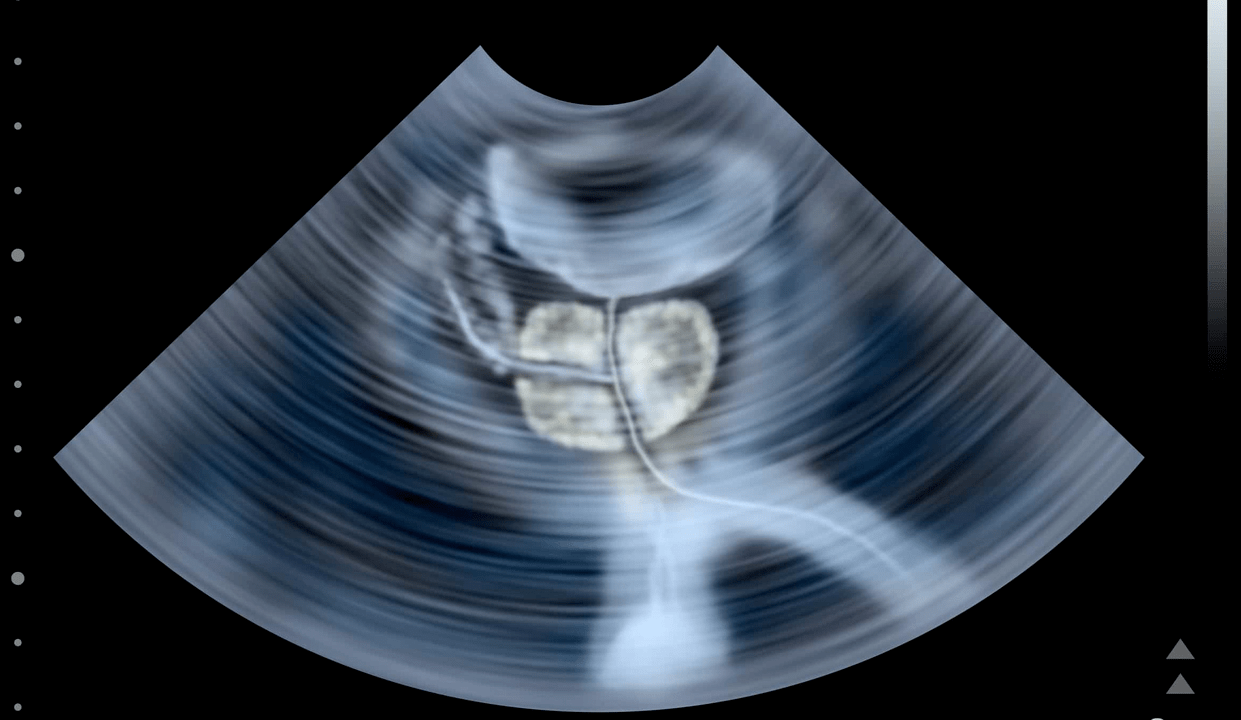
Causes of calculous prostatitis
Depending on the cause of their formation, prostate stones can be true (primary) or false (secondary). Primary stones are initially formed directly in the acini and ducts of the gland, and secondary stones migrate from the upper urinary tract (kidneys, bladder or urethra) into the prostate if the patient suffers from urolithiasis.
The development of calculous prostatitis is caused by stagnant and inflammatory changes in the prostate gland. Impaired emptying of the prostate glands is caused by BPH, irregular or lack of sexual activity, and a sedentary lifestyle. In light of this, a sluggish infection of the urinary tract leads to blockage of the prostate ducts and a change in the nature of the prostate secretion. Prostate stones, on the other hand, support the chronic inflammatory process and the stagnation of secretions in the prostate.
In addition to stagnation and inflammatory phenomena, urethro-prostatic reflux also plays an important role in the development of calculous prostatitis - this is the pathological reflux of a small amount of urine from the urethra into the prostate channels during urination. At the same time, the salts in the urine crystallize, thicken and turn into stones over time. Causes of urethro-prostatic reflux can be urethral strictures, urethral trauma, prostate and seminal tubercle atony, previous transurethral resection of the prostate gland, etc.
The morphological core of the prostate stone is the amyloid bodies and the epithelial layer, which gradually "grow in" with phosphate and lime salts. Prostate stones lie in cystically expanded acini (lobes) or in the excretory ducts. Prostatoliths are yellowish in color, spherical in shape and variable in size (average-4 mm); can be single or multiple. In terms of their chemical composition, prostate stones are the same as bladder stones. In case of calculous prostatitis, oxalate, phosphate and urate stones are most often formed.
Symptoms of calculous prostatitis
The clinical manifestations of calculous prostatitis usually resemble chronic inflammation of the prostate. The leading symptom of calculous prostatitis is pain. The pain is dull, aching in nature; it can be located in the perineum, scrotum, above the pubic bone, sacrum or coccyx. Exacerbation of painful attacks may be associated with bowel movements, sexual intercourse, physical activity, prolonged sitting on a hard surface, prolonged walking, or bumpy driving. Calculous prostatitis is accompanied by frequent urination, sometimes complete urinary retention; hematoma, prostate cancer (leakage of prostate secretion), hemospermia. It is characterized by reduced libido, weak erection, impaired ejaculation and painful ejaculation.
Endogenous prostate stones can remain in the prostate without symptoms for a long time. However, long-lasting chronic inflammation and the associated calculous prostatitis can lead to the formation of prostate abscess, cystitis, atrophy and sclerosis of the glandular tissue.
Diagnosis of calculous prostatitis
To establish a diagnosis of calculous prostatitis, a consultation with a urologist (andrologist), an assessment of existing complaints, and a physical and instrumental examination of the patient is required. During a digital rectal examination of the prostate, the nodular surface of the stones and a kind of crepitus are determined by palpation. With transrectal ultrasound of the prostate gland, stones are detected in the form of hyperechoic formations with a clear acoustic trajectory; their location, quantity, size and structure are clarified. Sometimes, survey urography, CT, and prostate MRI are used to detect prostatoliths. Exogenous stones are diagnosed by pyelography, cystography and urethrography.
The instrumental examination of a patient suffering from calculous prostatitis is complemented by laboratory diagnostics: examination of prostate discharge, bacteriological culture of urethral discharge and urine, PCR examination of scrapings for sexually transmitted infections, biochemical analysis of blood and urine, determination of prostate level. -specific antigen, sperm biochemistry, culture of ejaculate, etc.
During the examination, calculous prostatitis is distinguished from prostate adenoma, tuberculosis and prostate cancer, chronic bacterial and abacterial prostatitis. In calculous prostatitis not associated with prostate adenoma, the volume of the prostate gland and the PSA level remain normal.
Treatment of calculous prostatitis

Uncomplicated stones combined with chronic inflammation of the prostate require conservative anti-inflammatory therapy. Treatment of calculous prostatitis includes antibiotic therapy, non-steroidal anti-inflammatory drugs, medicinal herbs, and physiotherapy procedures (magnet therapy, ultrasound therapy, electrophoresis). In recent years, low-intensity lasers have been successfully used to destroy prostate stones non-invasively. Prostate massage is strictly contraindicated in patients with calculous prostatitis.
Surgical treatment of calculous prostatitis is usually necessary in the case of a complicated course of the disease, in combination with a prostate adenoma. When a prostatic abscess is formed, the abscess is opened, and along with the outflow of pus, the passage of stones is also observed. Sometimes mobile exogenous stones can be mechanically pushed into the bladder and subjected to lithotripsy. Large fixed stones are removed in the perineal or suprapubic section. When calculous prostatitis is combined with BPH, the optimal surgical treatment is adenomectomy, prostatic TUR, and prostatectomy.
Treatment of calculous prostatitis
Calculous prostatitis is an inflammation of the prostate complicated by the formation of stones. This type of prostatitis is the result of long-term chronic inflammation of the prostate. The disease is accompanied by frequent urination, annoying aching pain in the lower abdomen and perineum, erectile dysfunction and the presence of blood inclusions in the ejaculate.
The causes of this disease
Calculous is a form of chronic prostatitis characterized by the formation of stones. The disease is often a complication of the long-term inflammatory process of the prostate. Against the background of chronic inflammation, the secretion stagnates under the influence of negative internal and external factors, which crystallizes and turns into stones over time.
In addition to congestion and inflammatory phenomena, urethro-prostatic reflux plays a major role in the development of calculous prostatitis, which is characterized by the pathological reflux of a small amount of urine from the urethra into the channels of the prostate gland during urination. The salts in the urine gradually crystallize and turn into dense stones over time. Common causes of annual prostatic reflux:
- urethral injuries;
- atony of the prostate gland and testicles;
- previous surgical interventions and invasive procedures.
Other pathologies that increase the risk of stone formation in the prostate:
- varicose veins of the small pelvis;
- metabolic disorders due to systemic pathologies;
Factors contributing to the development of calculous prostatitis:
- an inactive lifestyle, which contributes to the development of stagnant processes in the pelvic organs;
- irregular sex life;
- alcoholism, smoking;
- uncontrolled use of certain drug groups;
- damage to the prostate during surgical interventions, long-term catheterization.
Types of stones in calculous prostatitis
According to the number of stones, there are single and multiple ones. Depending on the underlying cause, prostate stones are:
- True. They are formed directly in the acini and ducts of the gland.
- False. They migrate from the upper urinary tract to the prostate: kidneys, bladder, urethra.
The composition of stones in the prostate gland is the same as that of bladder stones. In case of calcified prostatitis, the following types of stones are most often formed:
Symptoms of the disease
The symptoms of calculous prostatitis resemble the course of a chronic inflammatory process. In the clinical picture of the disease, the leading symptom is pain, the nature of which can be aching and dull. Pain localization: sacrum or coccyx.
The painful attack worsens during bowel movements, sexual intercourse, physical activity, prolonged sitting on a hard surface, and prolonged walking.
Other symptoms of pathology:
- frequent urination or complete urinary retention;
- hematuria and the presence of blood inclusions in the ejaculate;
- prostatorrhea – leakage of prostate secretion;
- decreased libido, erectile dysfunction, painful ejaculation;
- neurological disorders: irritability, increased fatigue, insomnia.
If any of the above symptoms appear, make an appointment with a urologist as soon as possible. The lack of proper treatment and the long course of chronic prostatitis have serious, sometimes life-threatening consequences:
- atrophy and sclerosis of glandular tissues;
- prostate abscess.
Diagnostics
A consultation with a urologist-andrologist is necessary to establish an accurate diagnosis. During the initial examination, the specialist carefully listens to the patient's complaints, collects the anamnesis and asks additional questions that help determine the causes of prostatitis and risk factors.
The doctor then performs a rectal examination of the prostate, which involves palpating the gland through the rectum. The technique makes it possible to assess the size, shape, and structure of the gland, detect stones, and determine the inflammatory process by increasing the size and pressure. Additional laboratory and instrumental methods are prescribed to confirm the diagnosis.
Laboratory diagnostics
Several additional laboratory tests for the diagnosis of calculous prostatitis include:
- Prostate secretion culture. An important informative method for identifying pathogenic microorganisms and diagnosing the inflammatory process of the prostate.
- Urine culture. It allows the detection of pathogenic infection in the urine and determines its type and concentration. A culture is performed to clarify the diagnosis if prostatitis is suspected.
- PCR analysis of scrapings. It enables the detection of sexually transmitted infections and the identification of the causative agent.
- PSA analysis. It allows the exclusion of prostate cancer, which often occurs against the background of prostatitis.
- General clinical analysis of blood and urine. It is prescribed to identify hidden inflammatory processes in the urinary tract and kidney disorders.
- Spermogram. Ejaculate analysis to rule out or confirm infertility.
Instrumental diagnostics
Instrumental methods used to diagnose pathology:
Ultrasound of the prostate. It enables the detection of stones and clarification of their location, quantity, size, and structure. Ultrasound helps distinguish prostatitis from other diseases with similar symptoms.
Survey urography. A contrast-enhancing X-ray method that enables detection of prostate stones, their size and location.
CT or MRI of the prostate. It allows layer-by-layer scanning of the prostate gland and surrounding tissues. With the help of CT or MRI images, the doctor can study the structure of the prostate in detail, detect pathological foci, evaluate their location, size and relationship with the surrounding tissues.
Treatment of calculous prostatitis
If the disease is not complicated and the general condition of the patient is satisfactory, the treatment of calculous prostatitis is performed on an outpatient basis. If the disease is accompanied by complications, combined with prostate adenoma, the patient needs to be hospitalized.
Conservative treatment
The main goal of conservative therapy is to eliminate pathological symptoms. For this patient, drug therapy is prescribed, which includes the use of the following groups of drugs:
- Antibiotics. Kill the infection, stop the inflammation. The type of medicine, the dose and the duration of the course are determined individually for each patient.
- Nonsteroidal anti-inflammatory drugs. They stop the inflammatory process and help eliminate pathological symptoms: pain, swelling.
- Anticonvulsants. Relieves muscle spasms and relieves pain.
- Alpha-adrenergic blockers. Facilitating the urination process.
- Vitamin-mineral complexes, immunomodulators. Strengthen the immune system and promote rapid recovery.
As a supplement to complex drug therapy, doctors often prescribe physiotherapy procedures that allow:
- elimination of stagnant processes;
- activates tissue regeneration.
- The most effective physiotherapy methods for calculous prostatitis:
- ultrasound therapy, shock wave therapy.
Effective treatment of calculous prostatitis is provided by lifestyle changes. In order to prevent relapses, physical activity is also recommended, especially if work forces you to a sedentary lifestyle. Moderate physical activity improves blood circulation in the pelvic organs, eliminates congestion and strengthens local immunity.
Surgery
Surgical treatment is performed in case of a complicated course of the disease and a combination of prostatic hyperplasia. When an abscess forms, the surgeon opens the abscess. Along with the outflow of pus, the passage of stones can often be observed. Large fixed stones are removed during a perineal or suprapubic section. When calculous prostatitis is combined with benign prostatic hyperplasia, the optimal method of surgical treatment is transurethral resection of the prostate.
Chronic calculous prostatitis
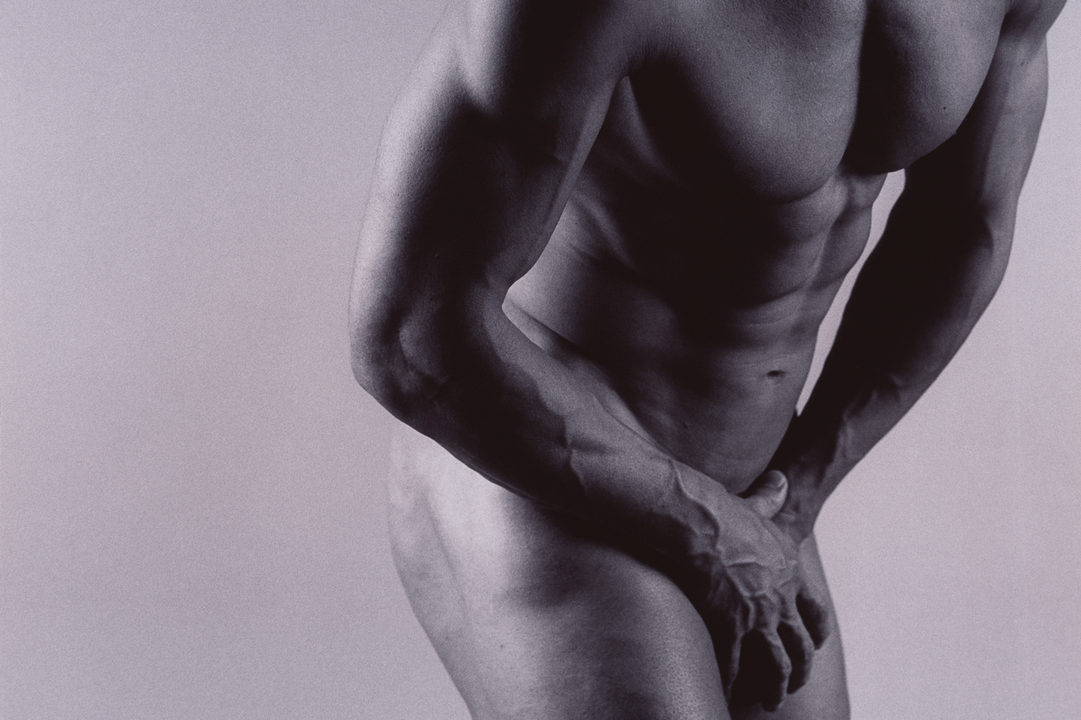
The term calculous prostatitis defines the pathology of the prostate gland, in the tubules of which stones are formed. This disease is characterized by impaired erection of the penis and pain in the lower back.
Causes and mechanism of formation of calculous prostatitis
The protracted inflammatory process or congestion of the prostate tubules leads to the accumulation of secretions and mucus in them. Bacteria settle on these accumulations and calcium salts are precipitated. The mucus thickens over time and turns into small sand-like stones. They stick together and form pebbles.

There are several predisposing factors in the development of calculous prostatitis:
- Chronic sexually transmitted infections (STDs)
- prolonged course of the infectious process with inflammation of the ducts and tissues of the prostate;
- congestion of the prostate, which is primarily related to the irregular sex life of men;
- urethro-prostatic reflux - pathological backflow of a small amount of urine into the prostate;
- genetic predisposition - the presence of relatives in calculous prostatitis.
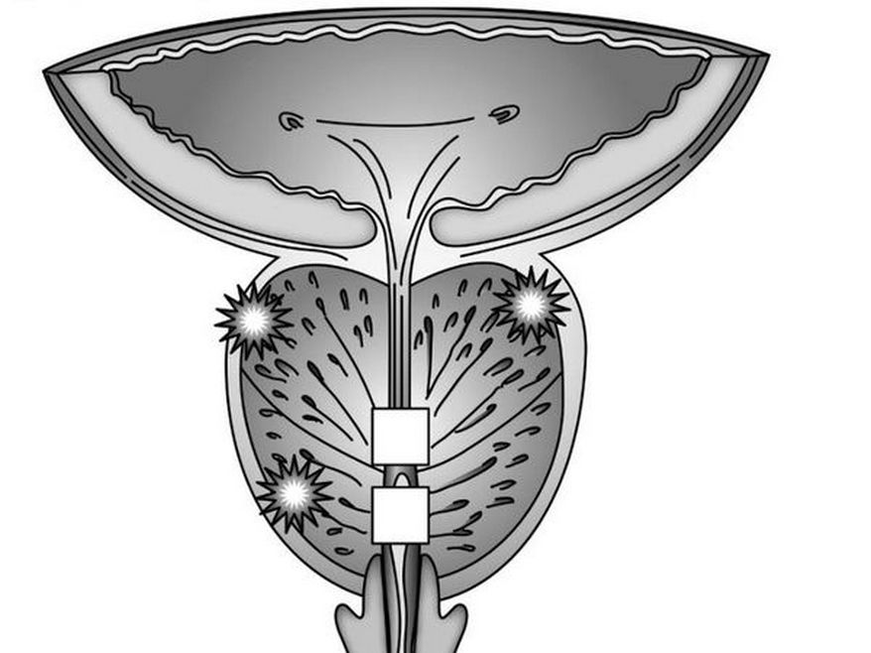
Knowing the causes of the formation of prostate stones is necessary for high-quality and appropriate etiological therapy, which helps to prevent the recurrence of calculous prostatitis.
Symptoms of calculous prostatitis
The symptoms of calculous prostatitis develop over a long period of time, and it is possible that the man does not pay attention to them. The clinical picture of the disease may include symptoms such as dull aching pain in the lower abdomen and lower back, sacrum, perineum, and pubic area.
The pain may begin or increase after defecation, sexual intercourse, intense physical activity and other provocative factors. Dysuric disorders are observed - frequent desire to go to the toilet, painful or difficult urination, burning sensation in the urethra and lower abdomen, and sometimes urinary retention occurs due to obstructions in the form of stones.
Patients experience prostate cancer - involuntary secretion of the prostate gland during rest or physical exertion, straining during bowel movements or urination. There may be blood in the urine and semen.
Almost always, against the background of persistent inflammation associated with the formation of stones, sexual dysfunctions develop - weakened erection, premature ejaculation, decreased libido.
The main signs of calculous prostatitis are:
- erectile dysfunction;
- pain in the groin area, which can be spasmodic and paroxysmal in nature;
- during ejaculation - indicates damage to the vessels of the prostate tubules by the sharp edges of the stones;
- premature and painful ejaculation.

Such symptoms lead to a decrease in sexual desire.
Men often attribute this to the age factor, mistakenly believing that such sexual dysfunctions will not disappear. Sometimes they start self-medicating with various erection-stimulating drugs (PDE-5 inhibitors).
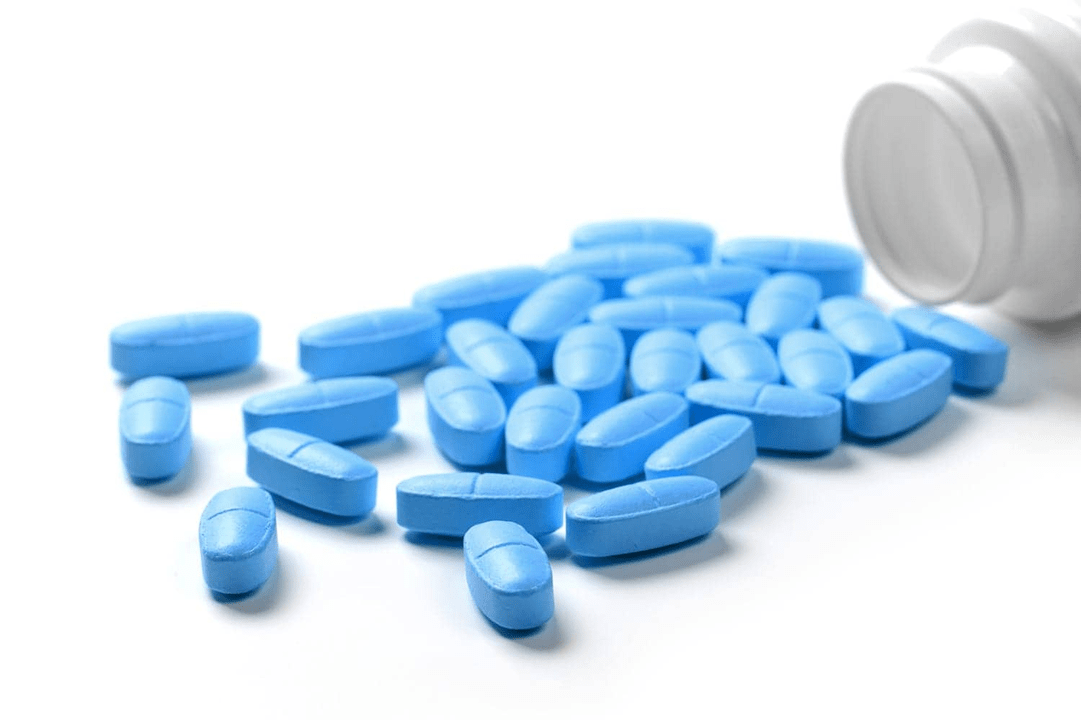
This approach is very dangerous, as it can aggravate the course of the pathological process and lead to the development of complications.
Prostatitis is an inflammatory pathological process in the prostate gland in men. In most cases, it is caused by an infection, which gradually leads to the chronic, long-lasting course of the disease and the development of complications.
The treatment of calculous prostatitis is complex
- antibiotics,
- anti-inflammatory drugs,
- enzymes
- immune drugs
- phytotherapy,
- physiotherapy procedures.
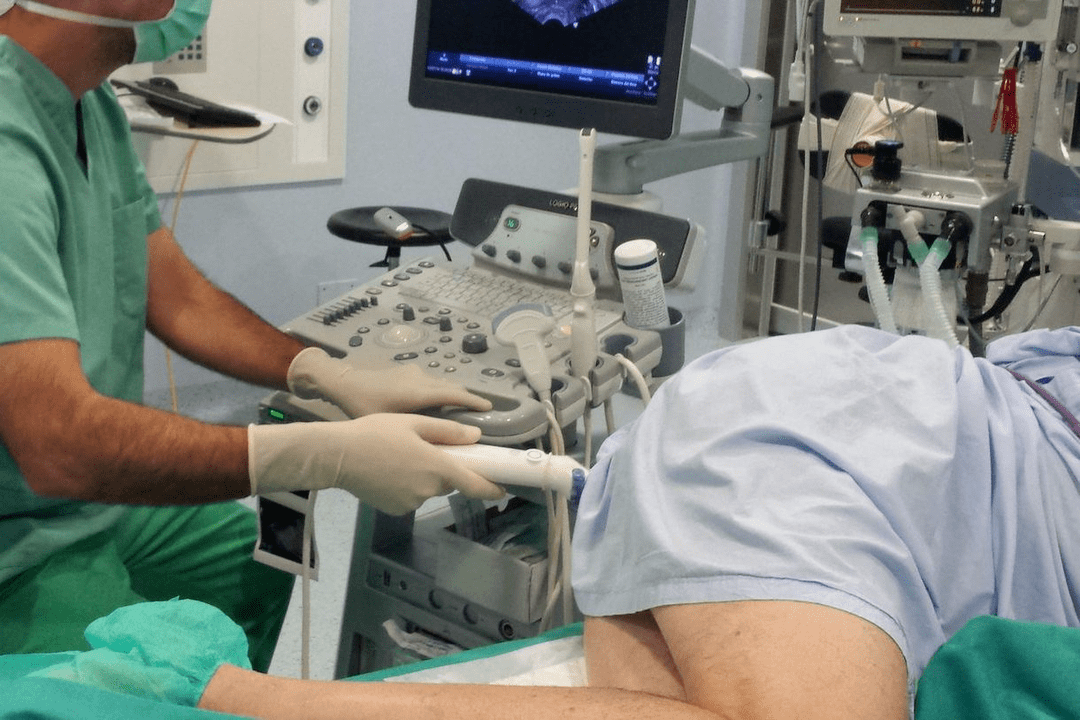
Antibacterial agentsprescribed as part of etiotropic treatment. Their intake is necessary to suppress the activity of the pathogen of the infectious-inflammatory process. This can be both non-specific microbial flora (streptococci, staphylococci, enterococci, Escherichia coli, Proteus) and specific pathogens of urogenital infections - gonococci, chlamydia, ureaplasma, trichomonas, etc.
The choice of antibiotics can be based on the culture of the prostate secretion and the sensitivity of the microbial pathogen to the drugs. Sometimes antibiotics are prescribed empirically based on the scientifically proven antimicrobial efficacy of the drugs. The choice of antibiotics, determination of their dose and the duration of their use can only be carried out by the attending physician, since their uncontrolled use can lead to serious complications and aggravate the course of the underlying disease.
If the tissues of the prostate gland are parasitized by poly-associated microbial flora (bacterial, viral microorganisms, protozoa), etiotropic therapy consists of a complex of different drugs acting in a certain antimicrobial spectrum.
To stimulate the body's immune defensesand resistance to infections, immunomodulating drugs are prescribed - Immunomax, Panavir, Interferon and its derivatives. In order to improve the antimicrobial effect of etiotropic drugs, enzymatic agents are prescribed along with them - longidase, chemotrypsin. They facilitate the entry of active antibiotic substances into the affected tissues, have an indirect pain-relieving, anti-inflammatory and regenerating effect.
The pain syndrome is alleviated ause of non-steroidal anti-inflammatory drugs. In addition to antibiotic therapy, probiotics are prescribed to prevent the development of intestinal dysbiosis. Hepaprotectors are prescribed to protect the liver parenchyma from the toxic effects of antibacterial drugs and to improve its functional state. After the relief of acute inflammatory phenomena, physiotherapy procedures are prescribed - laser treatment, magnet therapy, mud therapy, galvanization, medical electrophoresis, reflexogenic therapy, hardware treatment, etc.
This improves metabolic processes, microcirculation, lymphatic drainage and trophism of the prostate tissue, stimulates the restoration of its functional state and helps resolve inflammatory processes. A low-frequency laser is used to destroy the stones. It breaks up the stones and allows small stones to come out of the tubules. In case of complications in the form of an adenoma or prostate abscess (a limited cavity filled with pus), surgical intervention is performed.
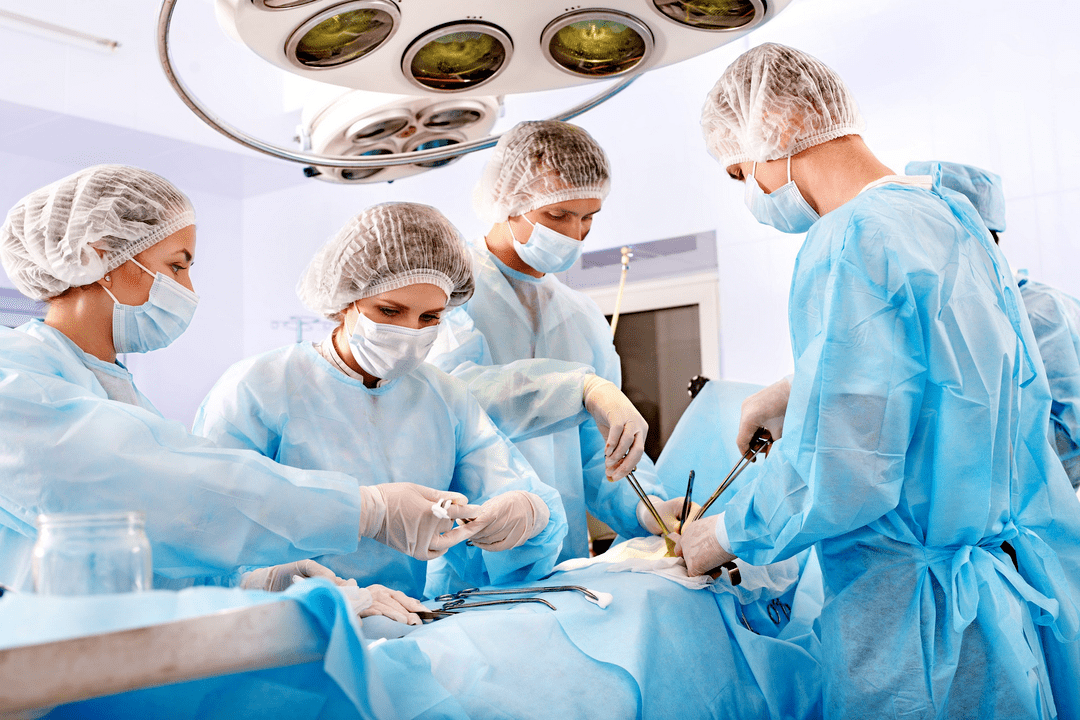
This involves removing part of the prostate (resection). To avoid this, at the first signs of pathology, which are expressed in erectile dysfunction, you should consult a doctor. Self-medication or ignoring the problem always leads to the development of complications later.



























